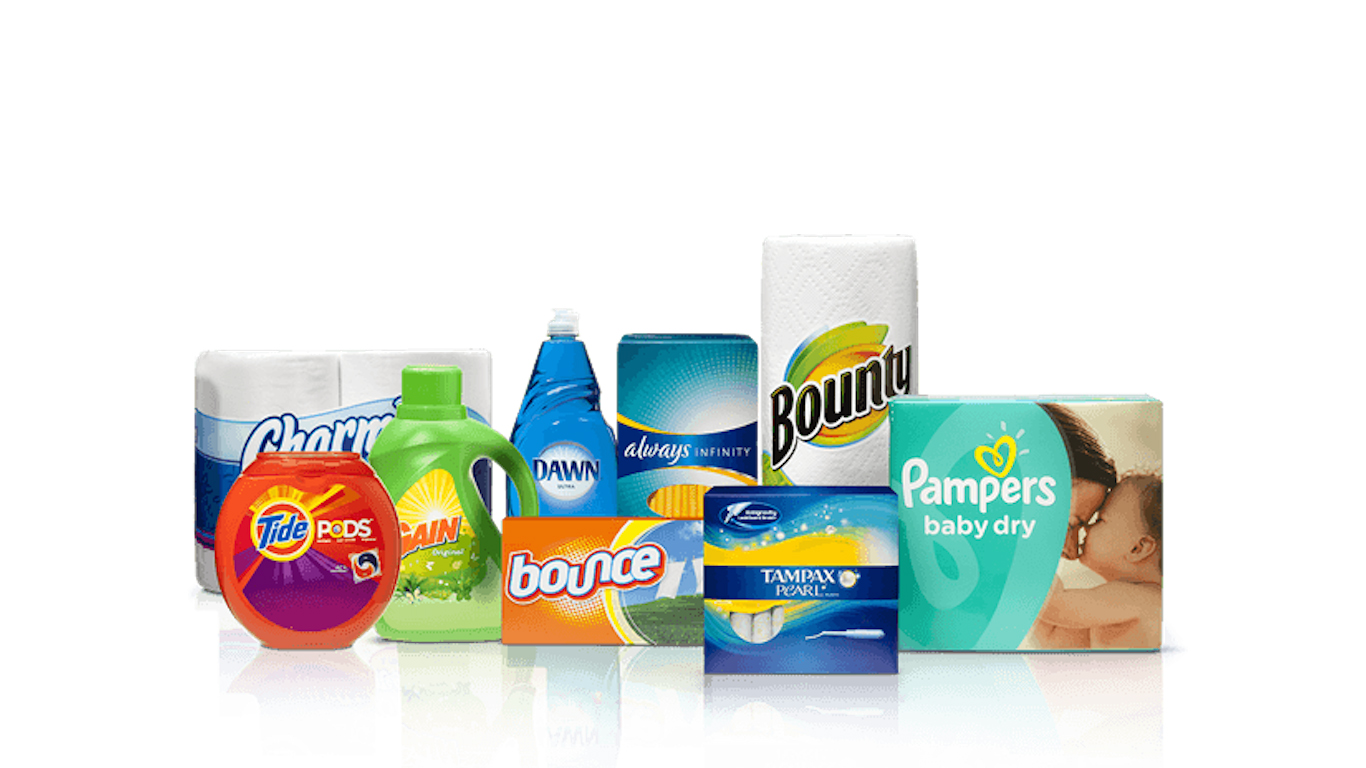
Before markets opened on Monday, Bank of America reported first-quarter results that beat both revenue and profit estimates, and shares traded up about 1%. Bank of New York Mellon reported inline profits but missed slightly on revenue. Shares traded down about 4% Monday morning.
Charles Schwab missed on both the top and bottom lines, and the shares traded down more than 5%. Synchrony Financial beat both profit and revenue estimates and announced a further $2.8 billion in share buybacks. The stock traded up more than 3%.
This week we expect to get earnings reports from a variety of industries, including more airlines, mining companies and energy companies. A couple of Dow Jones industrials stocks are on tap for Friday, and Tesla will report results after markets close Wednesday.
We already have previewed four companies set to report results before Tuesday’s opening bell (Halliburton, Johnson & Johnson, Lockheed Martin and Truist) and three tech companies that report late Tuesday or early Wednesday (ASML, IBM and Netflix).
Here are three more companies scheduled to report results first thing Wednesday morning.
Abbott Labs
Medical device and generic drug maker Abbott Laboratories (NYSE: ABT) has dropped about 4.9% from its stock price over the past 12 months, including a year-to-date dive of around 16.5 percentage points. The company has beaten sales and earnings estimates in eight of the past nine quarters. Shares are currently trading at about the same level as they were late last October, a couple of months before posting a 52-week high. The company’s Binax COVID-19 tests have pushed the stock higher, too, but the market for those tests is expected to shrink sharply over the next few years.
Among 22 analysts covering the stock, 17 have given the stock a Buy or Strong Buy rating and three more rate the stock at Hold. The consensus price target is $140.00, and with shares trading at around $116.75, the upside potential is 19.9%. At the high target of $154.00, the upside potential increases to 31.9%.
First-quarter revenue is forecast to slide by about 3.4% sequentially to $11.02 billion and to increase by about 5.6% year over year. Adjusted earnings per share (EPS) are forecast at $1.47, up about 11.3% both sequentially and year over year. For the full 2022 fiscal year, analysts are looking for EPS of $4.84, down about 7.1%, on revenue of $40.87 billion, down 5.1%.
The stock trades at 24.1 times expected 2022 EPS, 22.8 times estimated 2023 earnings of $5.12 and 20.8 times estimated 2024 earnings of $5.61 per share. The stock’s 52-week range is $105.36 to $142.60, and the company pays an annual dividend of $1.82 (yield of 1.61%). Total shareholder return for the past 12 months was negative 4.8%.
Baker Hughes
Over the past 12 months, shares of oilfield services firm Baker Hughes Co. (NASDAQ: BKR) have added about 92%. Although services companies took a bit longer to skyrocket (they did not take off until December), once they took off, the climb was steep and fast. Rival Halliburton reports quarterly results Tuesday morning, and the industry’s biggest player, Schlumberger, reports Friday morning. Capital returns should increase when General Electric sells its remaining stake in the company over the next couple of months.
Analysts remain solidly bullish on Baker Hughes stock, with 20 of 27 putting a Buy or Strong Buy rating on the shares. Five more rated the stock at Hold. At a share price of around $37.40, the upside potential based on a median price target of $39.00 is about 4.3%. At the high price target of $48.00, the implied upside is 28.3%.
The consensus first-quarter revenue estimate is $5.02 billion, down 9% sequentially but up 2.9% year over year. Adjusted EPS are forecast to fall sequentially by 21% to $0.20. That is a year-over-year improvement of 67%. For the full 2022 fiscal year, analysts are forecasting EPS up 105.7% to $1.30 on sales of $22.23 billion, up 8.2%. Last year, Baker Hughes’s share price rose by 2,000%.
Baker Hughes stock trades at 28.8 times expected 2022 EPS, 20.7 times estimated 2023 earnings of $1.81 and 17.8 times estimated 2024 earnings of $2.10. The stock’s 52-week range is $18.75 to $39.78. Baker Hughes pays an annual dividend of $0.72 (yield of 1.93%). Total shareholder return for the past year was 91.5%.
Procter & Gamble
Dow stock Procter & Gamble Inc. (NYSE: PG) has posted a share price gain of around 17.7% over the past 12 months, including a spike that began in December and resulted in a 52-week high in early February. The stock has pulled back from that high but could be well set up to improve further thanks to P&G’s strategy of being the stand-out producer in its competitive markets. That could give the company a bit of breathing room on costs until inflation slows again.
Of 24 analysts covering the stock, 13 have placed a Buy or Strong Buy rating on the shares and 10 more rate them at Hold. At a share price of around $157.70, the upside potential based on a median price target of $170.20 is 7.9%. At the high price target of $187.00, the implied gain is 18.6%.
Analysts expect P&G to report third-quarter fiscal 2022 revenue of $18.69 billion, down 10.8% sequentially and up 3.2% year over year. Adjusted EPS are pegged at $1.30, down 21.9% sequentially and up 3.2% year over year. For full fiscal 2022, current estimates call for EPS of $5.86, up 3.9%, on sales of $79.35 billion, up 4.2%.
Shares trade at 26.9 times expected 2022 EPS, 25.1 times estimated 2023 earnings of $6.62 and 23.2 times estimated 2024 earnings of $6.81 per share. The stock’s 52-week range is $130.29 to $165.35. P&G pays an annual dividend of $3.40 (yield of 2.2%). Total shareholder return for the past year was 17.8%.
100 Million Americans Are Missing This Crucial Retirement Tool
The thought of burdening your family with a financial disaster is most Americans’ nightmare. However, recent studies show that over 100 million Americans still don’t have proper life insurance in the event they pass away.
Life insurance can bring peace of mind – ensuring your loved ones are safeguarded against unforeseen expenses and debts. With premiums often lower than expected and a variety of plans tailored to different life stages and health conditions, securing a policy is more accessible than ever.
A quick, no-obligation quote can provide valuable insight into what’s available and what might best suit your family’s needs. Life insurance is a simple step you can take today to help secure peace of mind for your loved ones tomorrow.
Click here to learn how to get a quote in just a few minutes.
Thank you for reading! Have some feedback for us?
Contact the 24/7 Wall St. editorial team.





